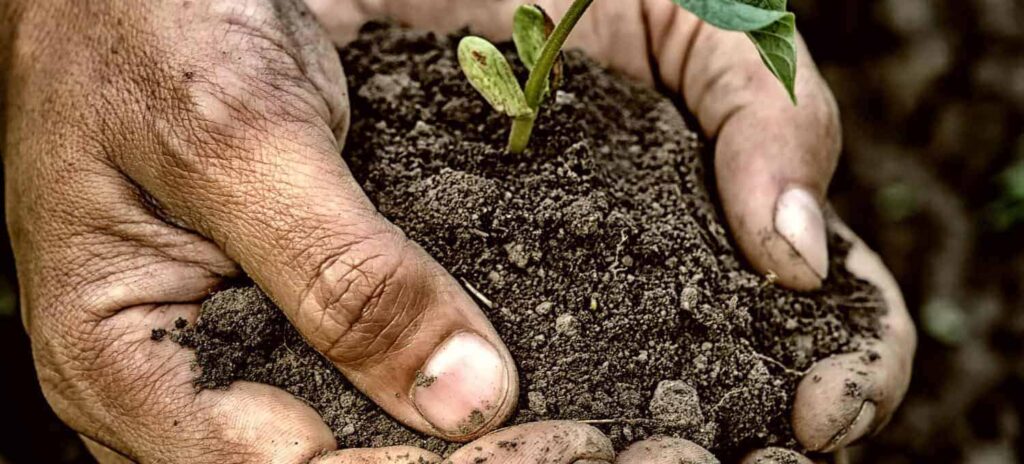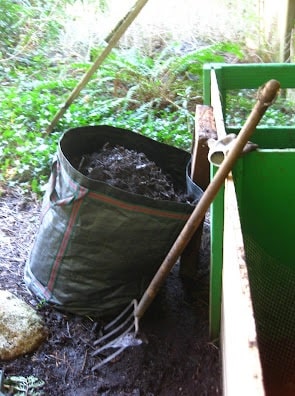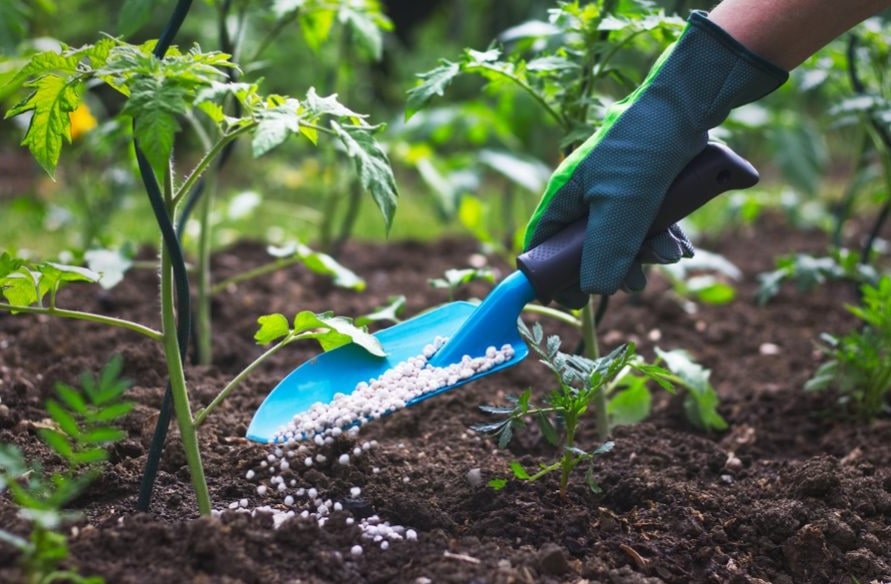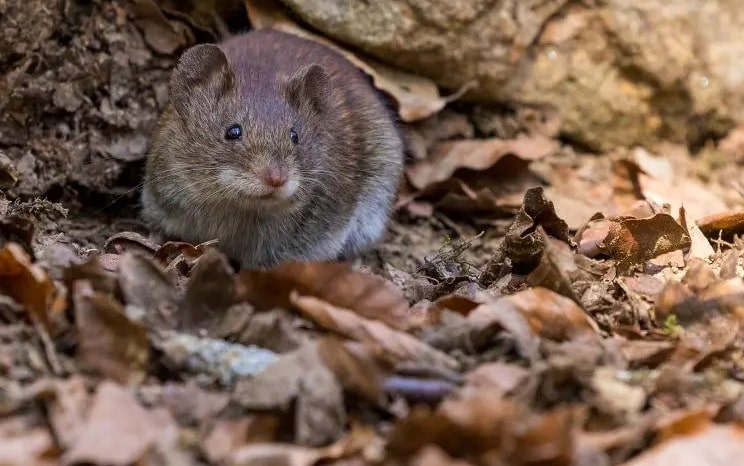Harvesting huge quantities of delicious fruits and vegetables – without the use of synthetic chemical fertilizers and pesticides. Year after year. That sounds like a dream. With Terra Preta, that’s supposed to be possible. The fertile “black soil” can be easily produced in your own garden with manageable effort. I’ve been wanting to try this in my garden for years. At least for sufficient compost material I have already provided. In the spring I will then set up a Terra Preta bed.
Contents
- 1 Terra Preta – what is that actually?
- 2 The plant charcoal makes the difference
- 3 Advantages of Terra Preta
- 4 Try Terra Preta in your own garden
- 5 Effective microorganisms or plant slurry
- 6 Where do you get the ingredients?
- 7 Compost and manure
- 8 Vegetable charcoal and primary rock flour
- 9 Effective microorganisms
- 10 Author
Terra Preta – what is that actually?
Terra Preta (Portuguese for “black earth”) is a mixture of charcoal, clay shards and numerous organic materials, such as kitchen waste, bones and feces. It was produced several centuries ago by the inhabitants of the Amazon basin. Almost everything that came up in their daily lives in terms of organic material was apparently used for this purpose. Today, if we threw all our waste on the compost, the vegetables growing on it would most certainly be inedible. Nevertheless, gardeners who make compost (with selected ingredients, of course) are still doing something very similar today.
The plant charcoal makes the difference
The big difference from regular compost seems to be the addition of larger amounts of plant charcoal. At least, recent scientific research suggests that plant charcoal is the key ingredient in Terra Preta’s extremely long-term fertilizing effect. It acts like a reservoir, preventing organic nutrients from being washed out of the soil by rain or irrigation water.
However, it is not enough now to simply incorporate plant charcoal into the garden soil. Alone, the charcoal does not seem to have any effect. Only when it is mixed with other ingredients and the mixture is allowed to mature does fertile black soil develop within a few weeks.
It is not yet known exactly how Terra Preta works in detail, but there are some interesting projects that deal with the production and use of black soil in vegetable cultivation.
Advantages of Terra Preta
- increases the storage capacity of the soil of plant-available nutrients and water
- organic waste is transformed into high quality fertilizer, additional fertilizer application can be reduced
- local material cycles through recycling of accumulating organic biomass
- the release of carbon dioxide and methane is avoided, thus contributing to climate protection
- carbon can be stored in the soil in the long term through the use of plant charcoal
- Use of Terra Preta:
- in the garden for useful and ornamental plants
- for containers, raised beds or the like
- to reduce the use of peat
Try Terra Preta in your own garden
Would be a pity if the ancient knowledge of the fertile black earth would be lost. Most of the ingredients needed for it are produced in the garden anyway. The rest can be easily obtained. Now in spring is just the right time to start a trial in your own garden. The rising temperatures make the fermentation processes necessary for the production of Terra Preta possible in the first place. Just in time for the beginning of summer, the soil is then ready and can be applied to the vegetable beds.
This is what you need to make Terra Preta:
- mature compost
- mature manure (horse or cow dung)
- certified vegetable charcoal
- primary rock flour
Effective microorganisms or plant slurry
Mix manure, plant charcoal and primary rock flour and irrigate with inoculants of Effective Microorganisms or Plant Yeast. Allow this mixture to ferment for a few days in a closed container. Then, mix the mixture with compost and pile everything into a heap. Depending on the amount of ingredients used, this can be done directly on the bed or in a separate area. For example, an old rainwater barrel with a lid and holes in the bottom works well. The important thing is that if the mixture is applied directly to the bed while the fermentation process is going on, it should be covered with plastic wrap. And the lid must remain on the barrel as well. The process is said to be largely anaerobic, without the addition of oxygen. It takes four to six weeks for the fermentation to be completed. Then the soil can be used.
Where do you get the ingredients?
Compost and manure
Green waste accumulates regularly in every garden and a compost heap should not be missing in an ecologically managed garden. Chickens, rabbits or even horses, on the other hand, probably keep the fewest. It is possible to use human feces. However, for hygienic reasons, this should already be pre-treated with crushed plant charcoal. This works best when using a dry separation toilet, where the feces are regularly sprinkled with a layer of charcoal. Otherwise, horse manure can be obtained free of charge from the horse farm in the vicinity. Very sensitive minds use nearly odorless horse manure pellets from the garden store.
Vegetable charcoal and primary rock flour
Unfortunately, the charcoal leftovers from summer barbecues are not suitable. They contain too many substances that have no place in vegetables. Gardeners who are keen to experiment could theoretically make their own charcoal from wood and (dry) plant residues. For this you have to build a charcoal pile (there are supposed to be gardeners with a lot of space and tolerant neighbors). On the net I also found an interesting instruction with two different sized metal garbage cans. I don’t have enough space and time for both, and there is not always enough wood in my garden. Apart from the fact that the environmental balance with these production methods is not exactly positive.
It is safer and easier to buy ecologically sound plant charcoal ready-made. It is important to look for the EBC seal. You can buy primary rock flour in a well-stocked garden center.
Effective microorganisms
This is the name given to a mixture of beneficial microorganisms (primarily photosynthetic and lactic acid bacteria, yeasts, actinomycetes, ferment-active fungi) that can be bought ready-made in stores. However, you can also simply use bread liquor, the liquid of organic sauerkraut, yogurt, spent grains or self-prepared plant slurry.









